CSR in Sports: With Ample Scope for Growth, the Ball Is in the Companies’ Court
Besides the allure of branding that comes with supporting a particular athlete, there is a lot more companies can do with funds mandated under CSR.
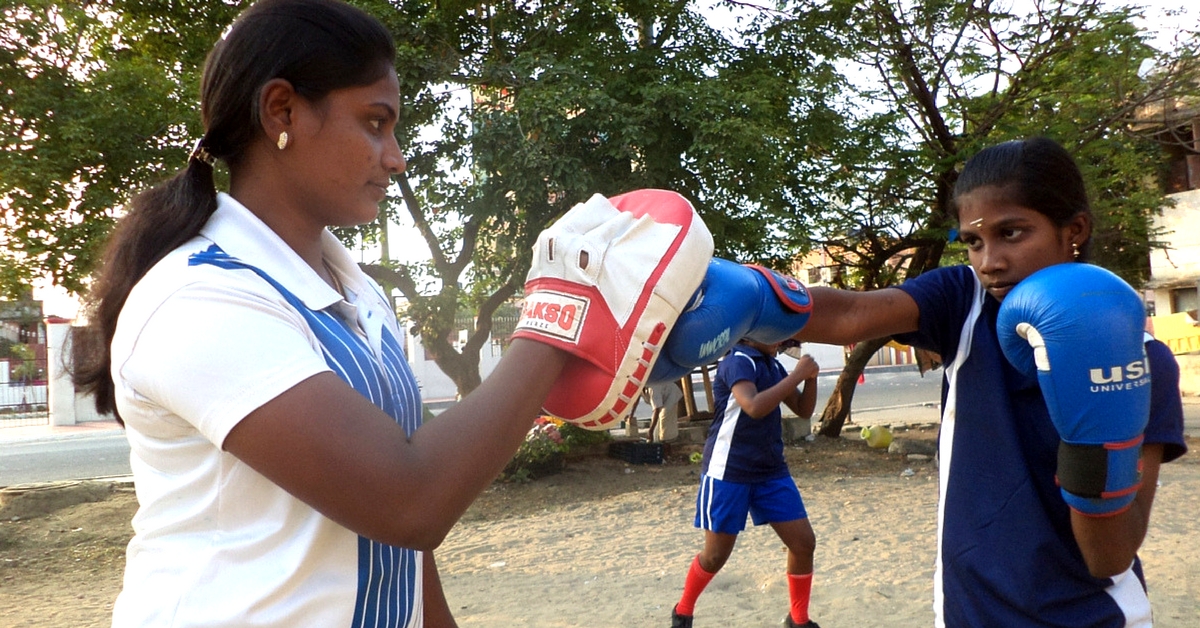
There is broad consensus that India continues to fall short on essential human development indicators. For example, India’s health-related out-of-pocket expenditure, which pushes families into indebtedness and abysmal poverty, is among the world’s highest.
In schools, especially those who cater to low-income families, children often drop out without finishing their education, and those who stay behind do not have the opportunity to acquire the necessary skills for gainful employment.
Opportunities for young teenage girls, meanwhile, are few and far between due to restrictions on their mobility, inadequate education, domestic abuse and early marriage. Nearly half the women in India are married before they turn 18.
What does all of this information have to do with the greater utilisation of funds mandated under corporate social responsibility (CSR) in sports development?
“Sports has the unique capacity to have both public and private impacts simultaneously in a very positive way,” says Nandan Kamath, a lawyer and trustee at GoSports Foundation, a not-for-profit organisation that has worked with corporates to invest in premier Indian athletes like ace shuttler Kidambi Srikanth.
“You can see investment in sports as nation building, community development, empowerment, skill development, investment in health.”
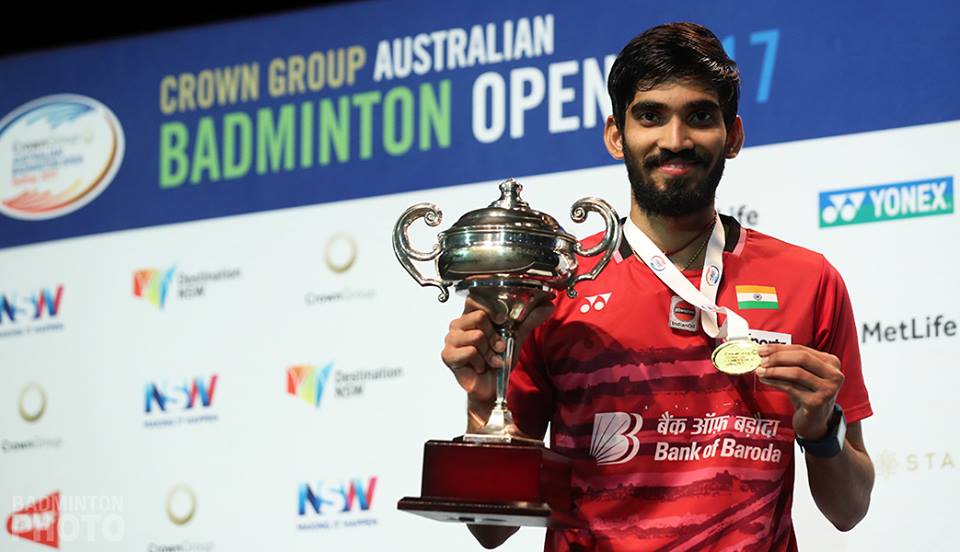
Low CSR spending in sports limited to branding exercises
In FY17, the top 100 BSE companies spent a mere Rs 122.71 crore on CSR activities out of Rs 6,810 crore. Although this is changing with more companies investing their CSR funds in sports development, a great deal of emphasis is laid on what such endeavours can do to enhance a firm’s overall brand (as in the case of Srikanth Kidambi), instead of addressing broader development goals.
It is hard to blame companies for not investing their profits into building sports infrastructure or activities for poor slum kids, for example, considering the contours of CSR funding in these areas are still being defined.
CSR is something companies were compelled to do to address community and government concerns around their business approach. In their very makeup, companies serve their investors and owners to make profits.
Moreover, it has only been two years since the obligations under CSR for sports was expanded from “training to promote rural sports, nationally recognised sports, Paralympic sports and Olympic sports” to “construction, renovation, maintenance of stadiums, gymnasiums and rehabilitation centres” as permissible CSR activities. These companies prefer combining their efforts in sports development with non-for-profit partners with expertise in the field.
Besides the allure of branding, there aren’t any real incentives for companies to invest in sports development. “It comes purely from the passion of the top management, and if it fits the realms of what they are trying to achieve through CSR, they will put money there,” says Aman Dhall, an ex-athlete and a CSR specialist who has worked and done extensive research in sports development.
“You need to understand that if a corporation spends money on grassroots sports development, it really doesn’t make a difference to their bottom line.”
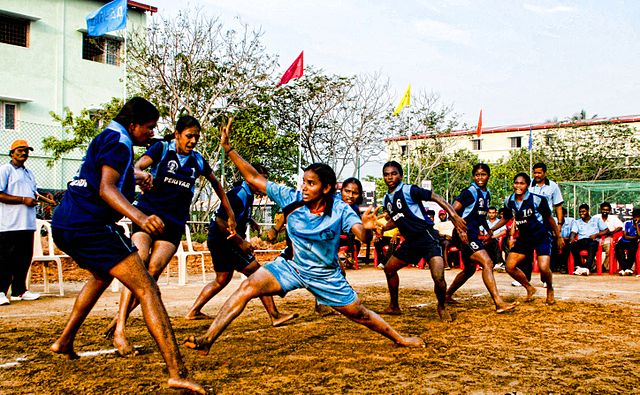
CSR is not philanthropy. “Now, if they (companies) believe that sports development is a better way to serve and influence the communities that they are part of and have their work around, they will otherwise not,” Aman adds.
“Companies will want to align their CSR activities with their business because that brings in their expertise and also enables volunteering,” said Shankar Venkateswaran, Chief of Tata Sustainability Group, in an interaction with the India Development Review.
“Non-profits must not judge this as long as the benefits to communities are clear and unambiguous, which is the real purpose of CSR.” In other words, proposals for sports development in rural India put forward by non-profits, for example, must be clear on outputs and processes, demonstrating a well-thought-out strategy.
Read also: Wondering About Corporate Spend? Here Are Three Sectors CSR Should Focus On
Unlike investing CSR funds in health and education programmes where it is easier to quantify outcomes, the same cannot be said for sports when it comes to measuring how it adds value to a child’s development. It’s not like companies do not see the benefits of sports in improving health and education outcomes for underprivileged children.
“It’s just that those companies who are doing their bits there haven’t got enough visibility from the same,” says Aman. “Such success stories need to be highlighted extensively in media, for other corporates to take a note of and start seeing sports development as a serious contender for their CSR money.”
Read also: How 300 Women Footballers in a Small Haryana Village Are Bringing Change Through Sports!
Nandan, however, believes that this is changing. “Sports marketing is shifting significantly, and exposure and branding are only one aspect. Companies will see value in authorship—being responsible for finding, shaping and development events, talent, etc. Authenticity is an important attribute and stakeholders are expecting more from these companies. A well-planned sports development programme helps build those human connections,” he argues.
There are a few examples to list this facet. Pro4Sport Solutions, an organisation committed to the development of sport in India at the grassroots, for example, ran a project called Khel Vikas with the NGO called Gram Vikas for 1,500 kids from 2012-14 in Odisha’s tribal belts. Schools under Gram Vikas in the Ganjam, Gajapati and Kalahandi districts were beneficiaries of this initiative with the aid of corporate sponsorship.
The program supports highly talented and motivated athletes in their quest to achieve sporting excellence. “There were so many success stories that emerged from there—many went on to win medals at state and national level,” says a senior executive from Pro4Sport Solutions. “But beyond the stories about sporting excellence, the bigger story was about how it made these children confident youth, gave them an opportunity, a right to play and express themselves.”
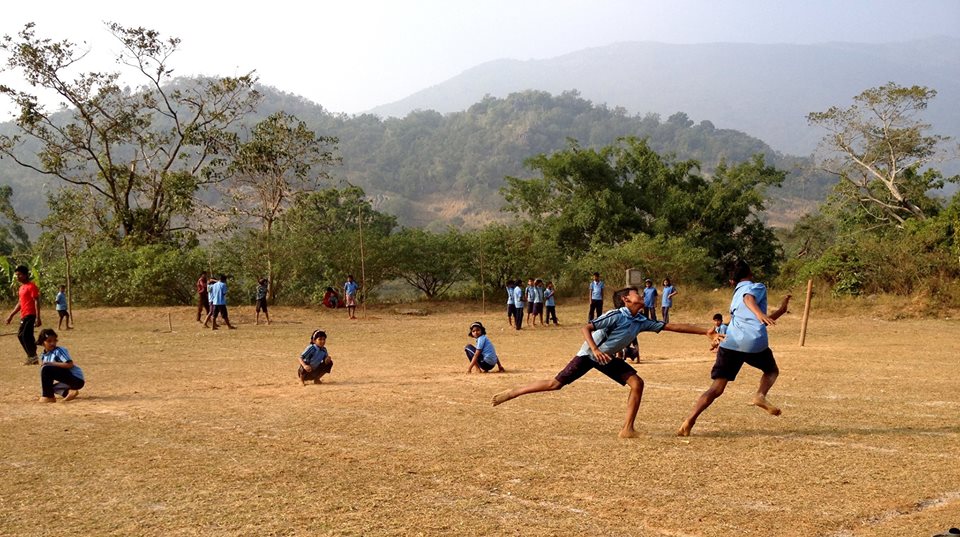
Then there not-for-profit organisations like Magic Bus Foundation, which embodies the very spirit of sports for development. Working with a whole host corporate partners like Nestle, HDFC Bank, TATA Motors and international organisations like FIFA, among others, this Mumbai-based non-profit trains local community leaders to mentor underprivileged children, using sports to improve health, education, gender equity and livelihood outcomes.
There are other non-profits like Pro Sports Development, Peace Sports Trust, My Angels Academy, and Dream a Dream Foundation involved in such sports-related initiatives. They all have different approaches to support sports development.
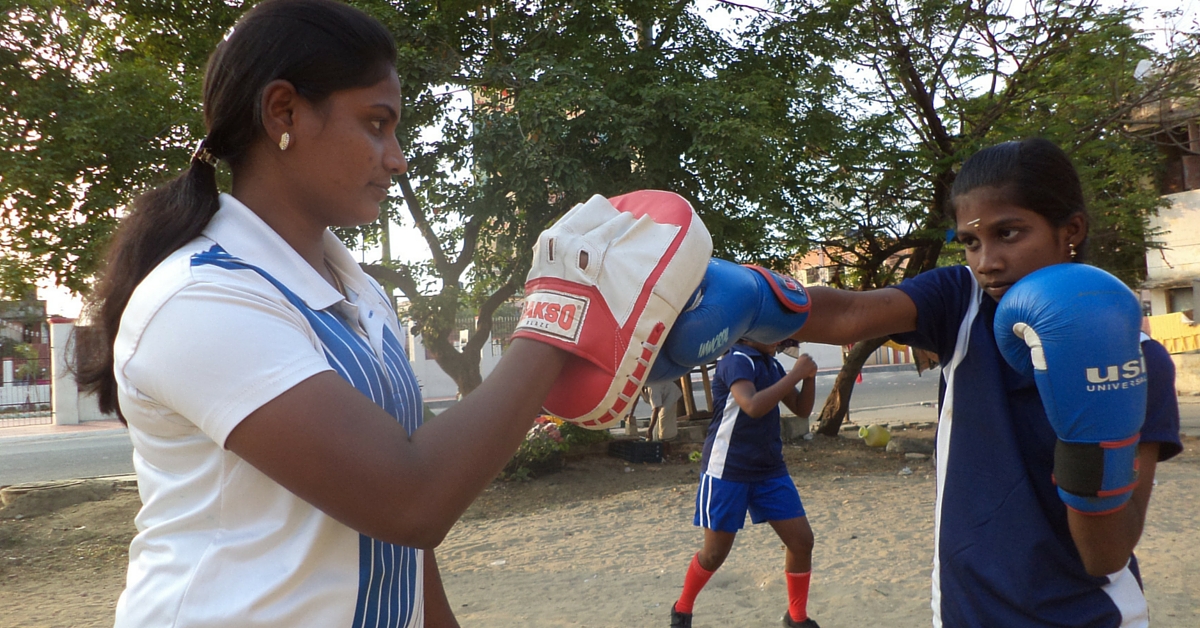
For corporations, meanwhile, the message is simple. Sports development needs a long-term commitment, not one-time activities. Companies need to invest not trade in sports if they want to make a real difference for the communities in which they work.
“Sometimes the toughest step is to start. Once you start seeing the feedback and impact, it is easy to see how and where to deepen the engagement. It can be a small sports centre, equipment, an event or coaching clinic, getting an athlete to speak at a school, giving kids the opportunity to watch a professional match, sponsoring the training of an athlete, there are so many ways to do this,” says Nandan.
Like this story? Or have something to share? Write to us: [email protected], or connect with us on Facebook and Twitter.
NEW: Click here to get positive news on WhatsApp!
If you found our stories insightful, informative, or even just enjoyable, we invite you to consider making a voluntary payment to support the work we do at The Better India. Your contribution helps us continue producing quality content that educates, inspires, and drives positive change.
Choose one of the payment options below for your contribution-
By paying for the stories you value, you directly contribute to sustaining our efforts focused on making a difference in the world. Together, let’s ensure that impactful stories continue to be told and shared, enriching lives and communities alike.
Thank you for your support. Here are some frequently asked questions you might find helpful to know why you are contributing?


This story made me
-
97
-
121
-
89
-
167













